Aside from some blue graphics and an “H2” logo on the side, it looks like any ordinary Corolla Cross, Toyota’s popular compact crossover.
But stepping inside, you’ll be surprised to see the steering wheel on the right side. Tht’s because this particular Corolla Cross has been shipped from Japan as a showcase of the automotive giant’s hydrogen technology, of whch it is among the leaders in the industry.
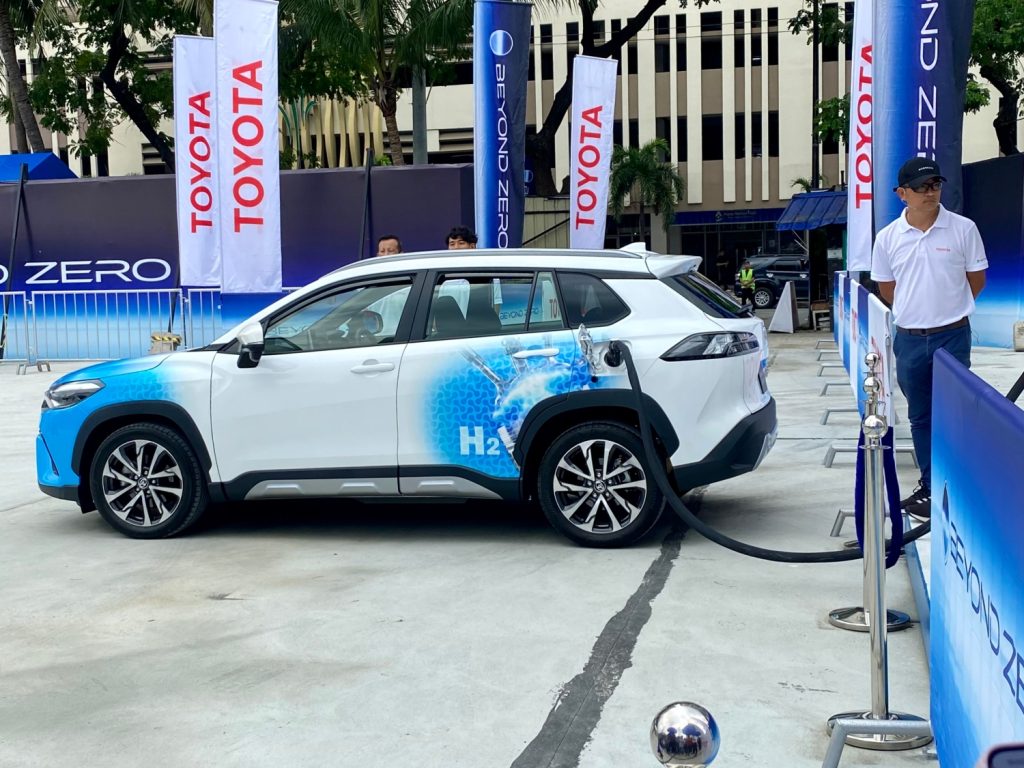
We are at the back parking lot of the huge Toyota Manila Bay dealership to witness the hydrogen refueling of the Corolla Cross. Viewed from afar, it looks like your ordinary gasoline or diesel refueling. But up close, you’ll see the pump nozzle and the refueling opening of the car to be much smaller than the usual gas/diesel nozzle./opening.
That’s because refueling with hydrogen is more complicated than refueling with gas or diesel. Hydrogen is stored at near-freezing temperatures (both at the pump and in the hydrogen tank of the car) and it can switch between gas and liquid states. It’s also stored and pumped under pressure and is measured in kilos, not liters. Another difference is that there no gasoline smell as hydrogen is odorless and colorless. One similarity, though, is that it takes about the same time to refuel a hydrogen car as a regular gas or diesel car.
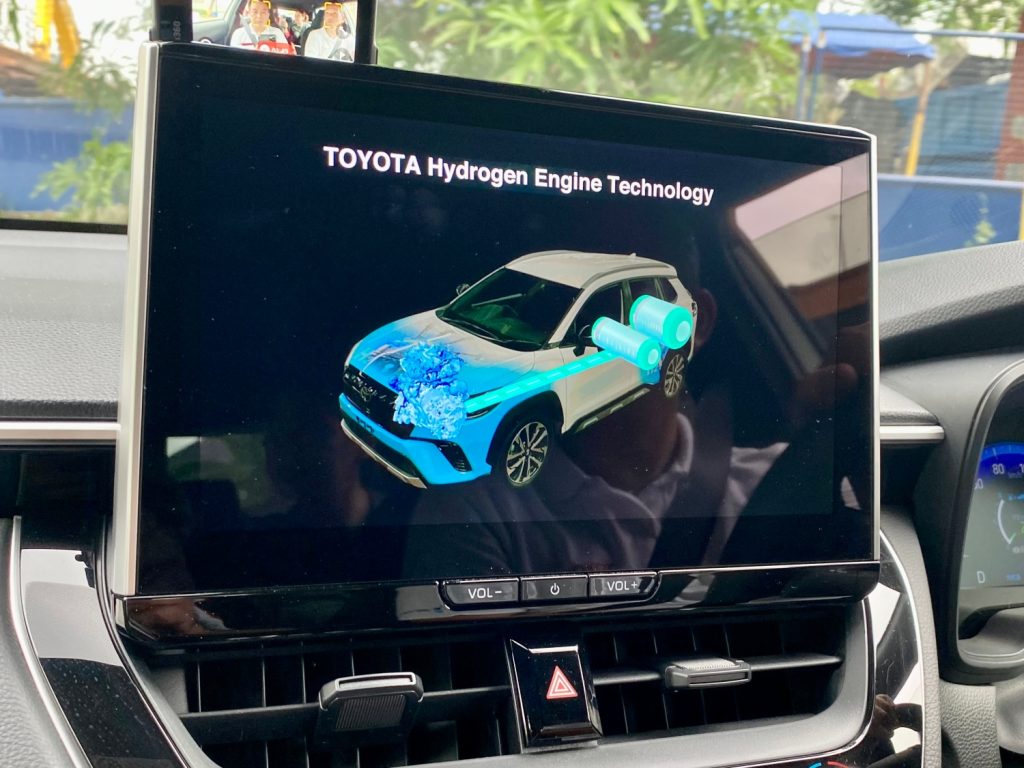
So how does it drive? In a nutshell, it drives and rides like any production Corolla Cross. Toyota officials allowed the media to ride the prototype Corolla Cross (developed by Toyota Gazoo Racing in Japan) with a Japanese hydrogen specialist engineer from Toyota behind the wheel. He drove it at part throttle and also at pedal-to-the-metal and the car accelerated just like any normal gasoline-engined car. It even sounds like any regular internal-combsution vehicle.
But before the drive, Toyota Motor Philippines (TMP) delivered a comprehensive presentation on its Beyond Zero global initiative with several speakers and decks. Reinforcing Toyota’s global commitment to carbon neutrality, Beyond Zero is Toyota’s corporate initiative towards clean energy and a low carbon economy transition. It aligns with key national policies related to the transportation sector such as the Electric Vehicle Industry Development Act (EVIDA) and Philippine Energy Plan.
New-Generation Tamaraw
And it’s not all about hybrids and hydrogen vehicles. The much-awaited new-generation Philippine-made Toyota Tamaraw is an integral part of the program. At the recently concluded Philippine International Motor Show (PIMS), the mobility leader displayed prototype conversion units of the Tamaraw, demonstrating its versatility and adaptability to the needs of Filipinos. Returning as a light commercial vehicle, TMP presented its aim to revive this iconic model into the next ‘national car’ by catering to specialized conversion needs of various Philippine micro, small and medium enterprises (MSMEs) and individuals.
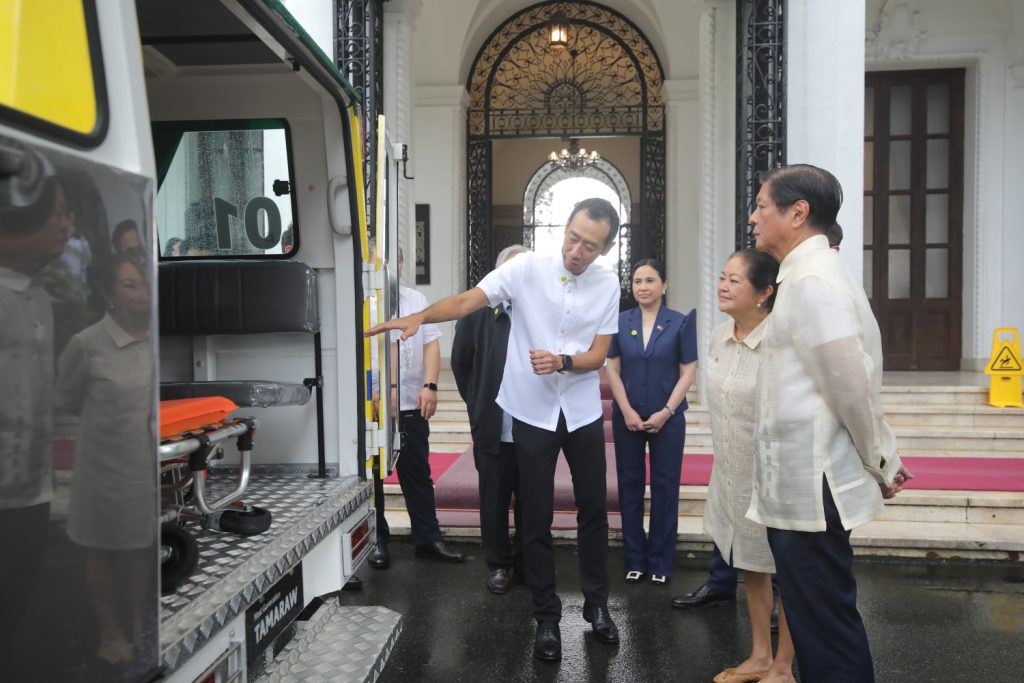
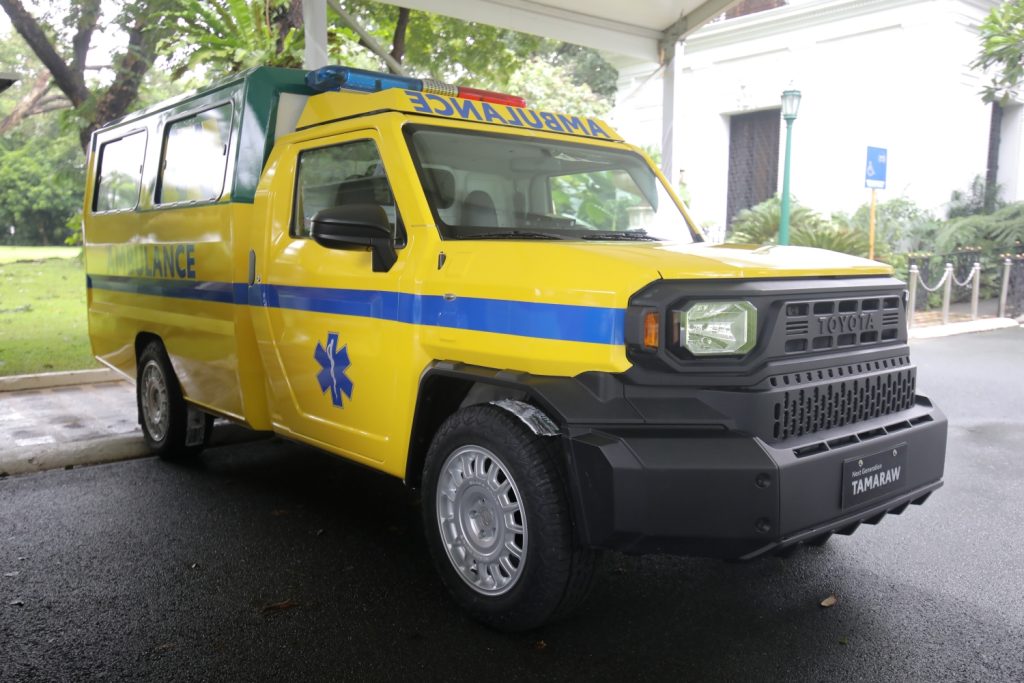
Last Friday, TMP presented both the new Tamaraw and the Corolla Cross H2 Concept to President Ferdinand R. Marcos Jr. at Malacañan Palace. The event highlighted TMP’s commitment to the development of local automotive manufacturing industry, sustainable mobility solutions, and economic growth.
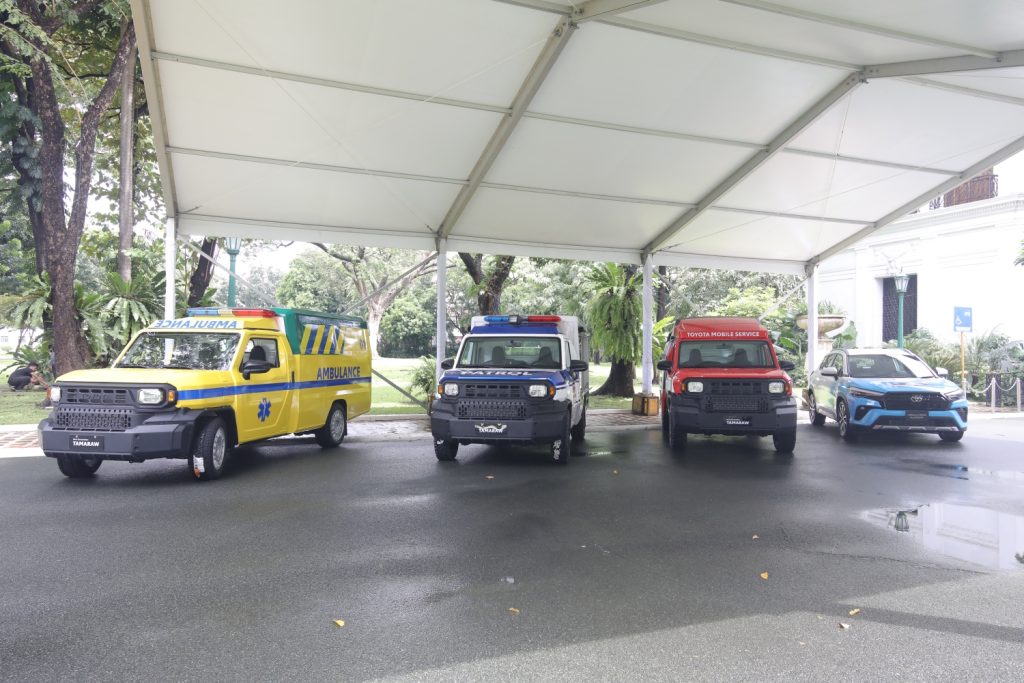
President Marcos expressed his appreciation for Toyota’s continued investment in the Philippines, particularly the recent PHP 5.5 billion-investment in the production of the next-gen Tamaraw, also known regionally as the Toyota Innovative International Multi-Purpose Vehicle 0 (IMV Zero). This investment encompasses vehicle production, parts localization, and the establishment of a new in-house vehicle conversion capability, further solidifying TMP’s contributions to sustaining the viability of automotive and parts manufacturing industries in the country and furthermore enabling Mobility for All through the easily convertible Tamaraw.
At the same event, President Marcos received a letter of intent from TMP for its planned donation of five Tamaraw units, which will be converted and turned over to the government in 2025. These include five ambulances which will be used to support various mobility needs through the “Lab For All” health program of the First Lady Louise Araneta-Marcos.
TMP also presented its “Beyond Zero” program to the government. This corporate initiative supports the Philippine government’s direction toward a clean energy and low carbon economy transition, aligning with key national policies related to the transportation sector such as the Electric Vehicle Industry Development Act (EVIDA) and Philippine Energy Plan.
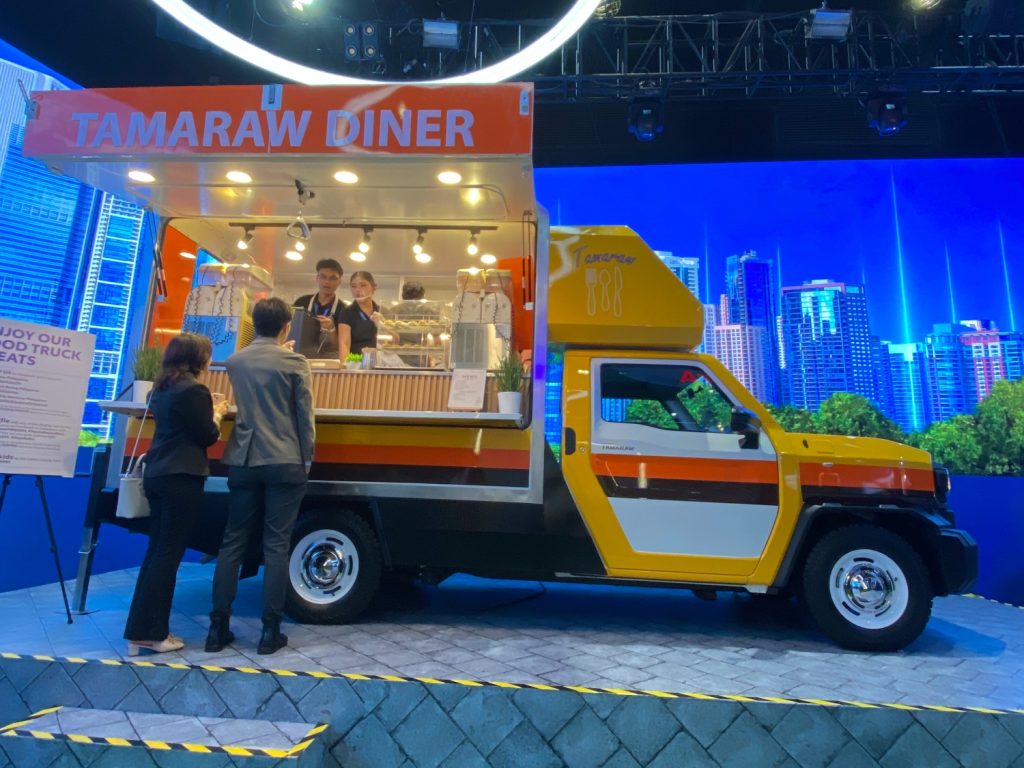
Underscoring its multi-pathway approach to decarbonization, TMP presented the Corolla Cross H2 Concept of a Hydrogen Internal Combustion Engine Vehicle (HICEV). The demo car utilized hydrogen gas supplied by a local producer and filled through a Hydrogen Refueling Station (HRS) exclusively imported from an end-use application provider in Malaysia.
“For Toyota’s point of view, we would like to provide the most suitable vehicle technology for the country’s specific energy strategy. Matching multi-pathways with energy, Toyota has many powertrains available and currently being developed,” said Toyota Asia Region chief executive officer Masahiko Maeda.
Recognizing the country’s abundant resources, TMP also emphasized the potential of diversifying energy resources to develop related industries and complement the decarbonization goals of various sectors, including transportation. With Toyota’s widest array of xEV powertrain technologies, hydrogen has the potential to be one of the advanced alternative energy sources that presents the possibility of zero carbon dioxide (CO2) emissions.
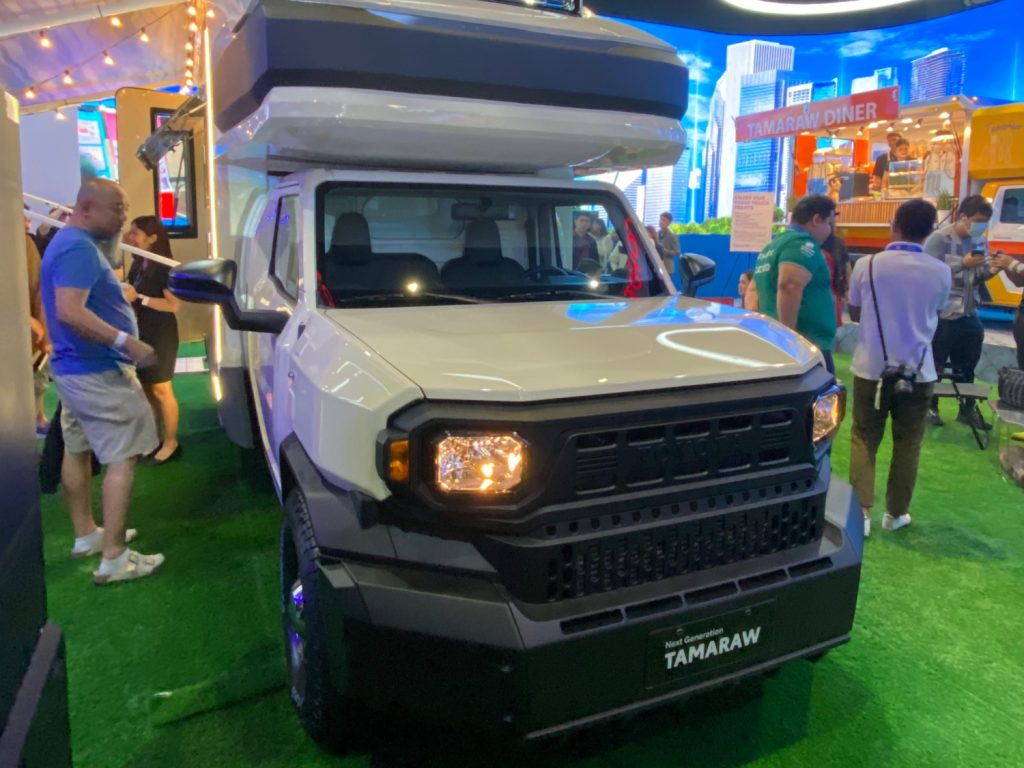
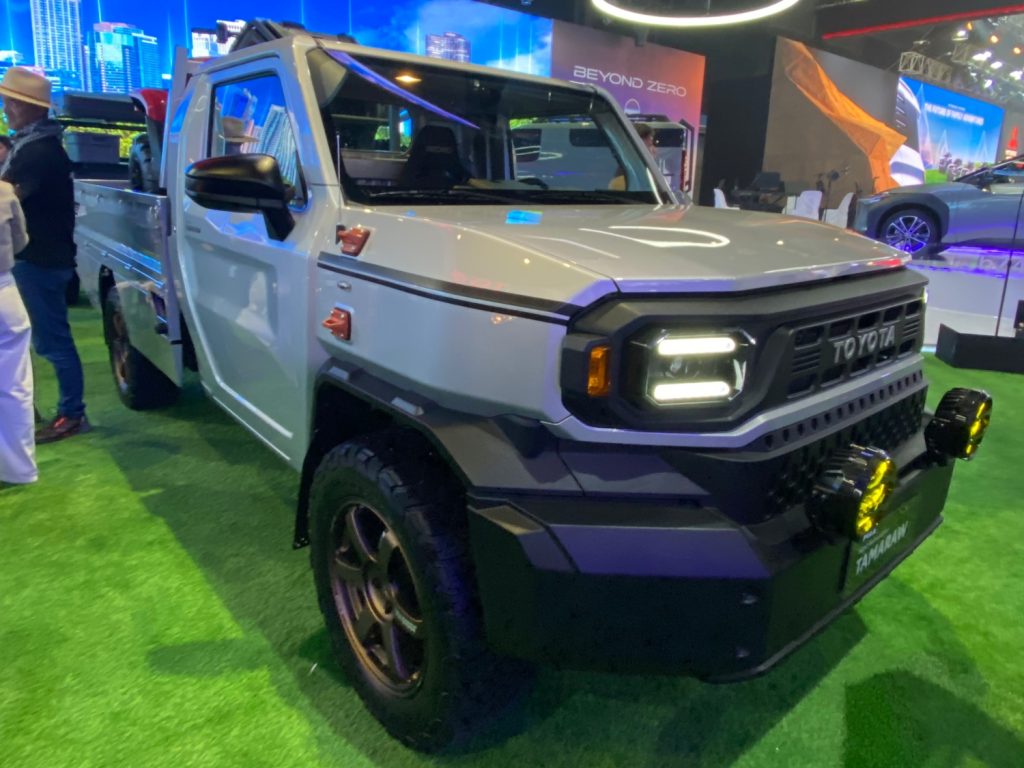
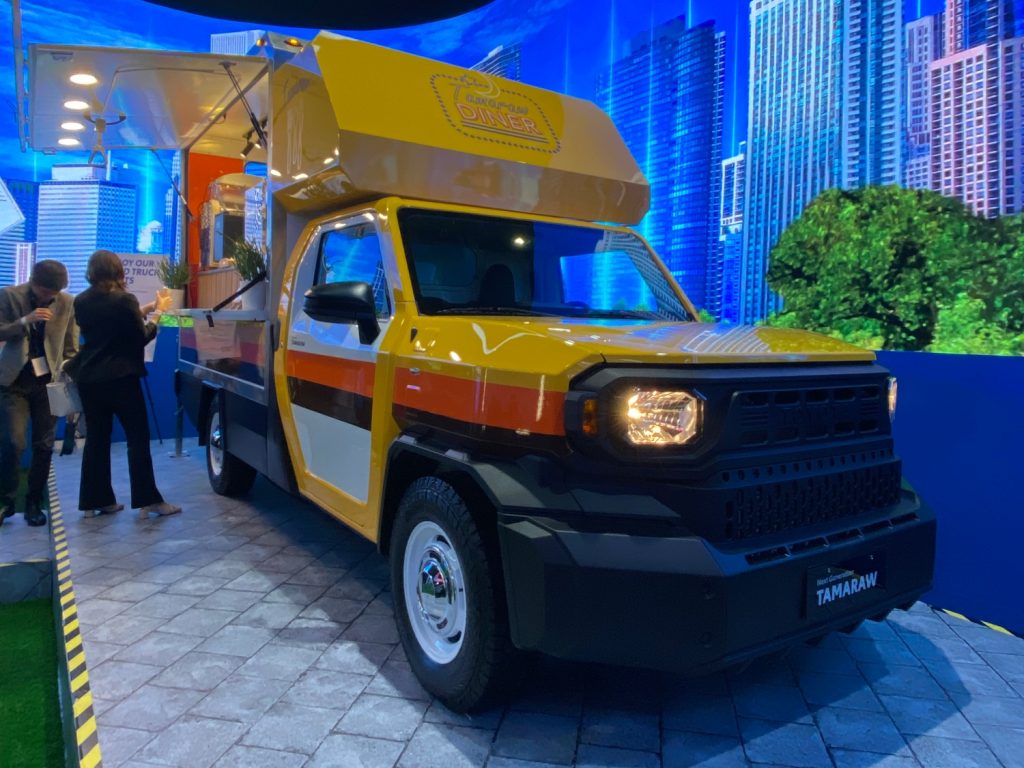
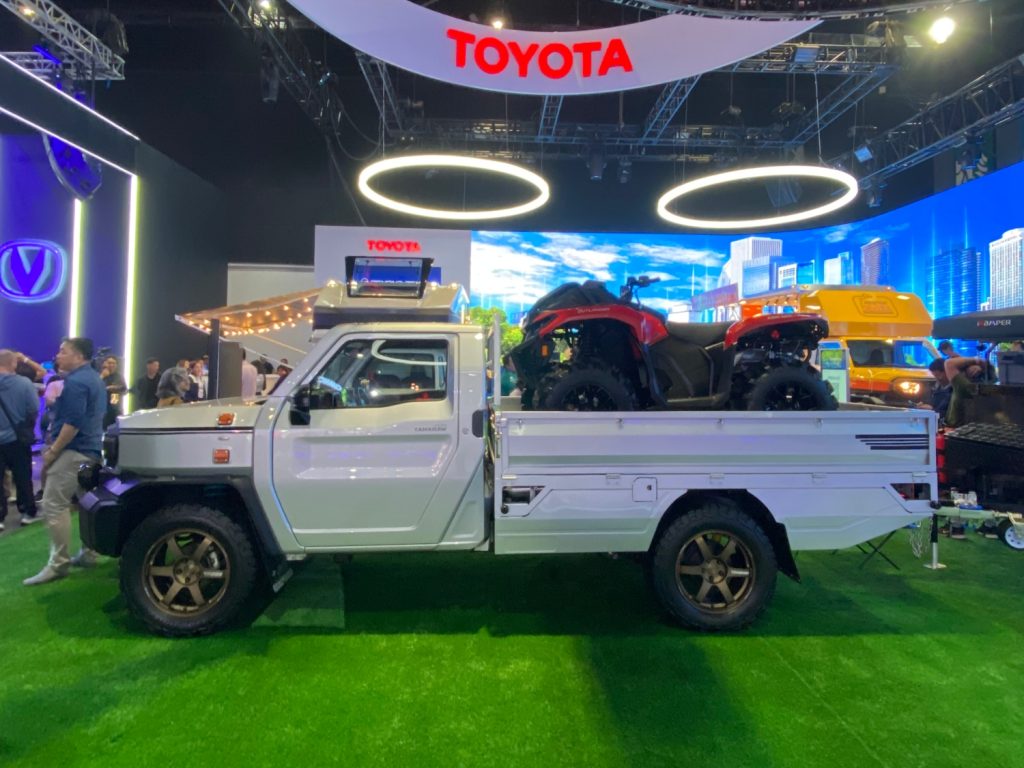
Beyond its commitment to decarbonize the entire vehicle life cycle – from raw materials sourcing, manufacturing, distribution to recycling cars and batteries – TMP stated it is also diversifying sustainable mobility with xEV usership services and exploring the benefits of data solutions and connected technology for travel or logistic efficiency resulting in CO2 reduction.
TMP’s commitment to sustainability extends throughout the entire vehicle lifecycle. The company aims to achieve carbon neutrality in its vehicle manufacturing by 2035 through renewable energy and efficient practices such as responsible vehicle dismantling and battery recycling to minimize waste, among others.
The Corolla Cross hydrogen showcase is an excellent example that not all future zero-emissions alternative-energy or new-energy vehicles have to be electric. Toyota has models in every alternative- and new-energy technology from hybrid to full electric to hydrogen to fuel cell (in the Mirai, which is already available in the U.S., Europe and Japan).

